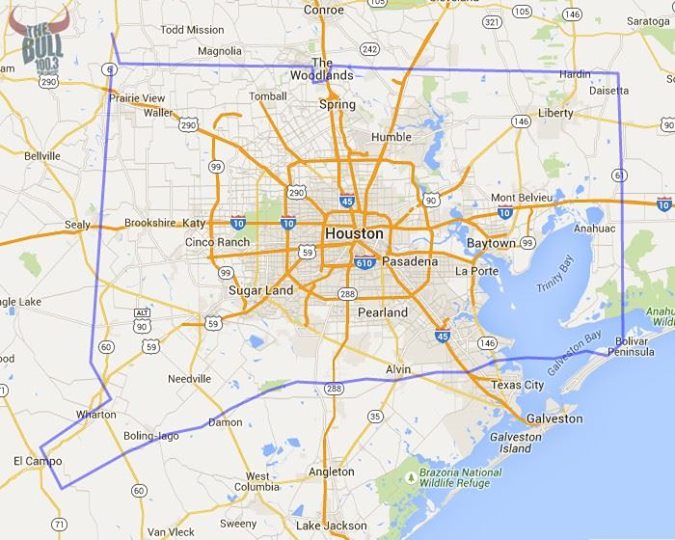[The following is slightly adapted from a comment written for a Facebook post, based on this article about President Obama’s December 6, 2015 speech, which for some reason Facebook would not allow me to post. Possibly because, at nearly 3,500 words, it’s too long. What can I say? I felt inspired. The comment that inspired me basically expressed doubt that Obama has put as much thought into “ISIS and the implications of radical Islam” as the article’s author thinks. I have adjusted some formatting and added some links.]
You may be right about Obama not thinking through the full implications of radical Islam, but the exact same can be said for people on the right who posit radical Islam as a threat to “Western civilization” (a fluid and undefined term if ever there was one) on a par with German fascism or Soviet communism. Lest this seem like a tu quoque argument, I’ll even concede that Obama might underestimate the short-term threat posed by radical Islamism, but only because I believe the proponents of the radical-Islamism-as-mortal-threat viewpoint drastically overstate its dangers—furthermore, by arguing for such an aggressive stance against it, they paradoxically serve its aims. Continue reading





